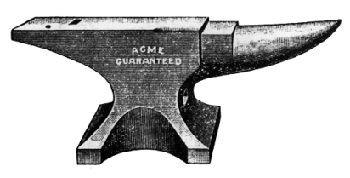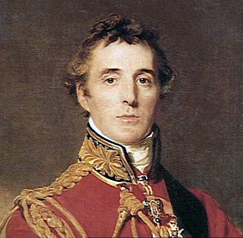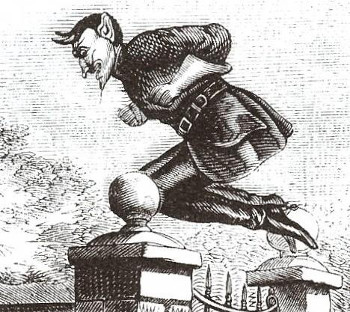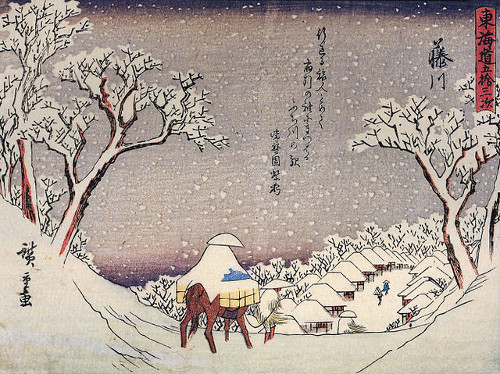The Exeter Book, an anthology of Anglo-Saxon poetry from the 10th century, contains three riddles that seem shockingly risqué until you see the answers:
I’m a strange creature, for I satisfy women,
a service to the neighbors! No one suffers
at my hands except for my slayer.
I grow very tall, erect in a bed,
I’m hairy underneath. From time to time
a good-looking girl, the doughty daughter
of some churl dares to hold me,
grips my russet skin, robs me of my head
and puts me in the pantry. At once that girl
with plaited hair who has confined me
remembers our meeting. Her eye moistens.
(An onion.)
A strange thing hangs by a man’s thigh,
hidden by a garment. It has a hole
in its head. It is stiff and strong
and its firm bearing reaps a reward.
When the man hitches his clothing high
above his knee, he wants the head
of that hanging thing to poke the old hole
(of fitting length) it has often filled before.
(A key.)
A young man made for the corner where he knew
she was standing; this strapping youth
had come some way — with his own hands
he whipped up her dress, and under her girdle
(as she stood there) thrust something stiff,
worked his will; they both shook.
This fellow quickened: one moment he was
forceful, a first-rate servant, so strenuous
that the next he was knocked up, quite
blown by his exertion. Beneath the girdle
a thing began to grow that upstanding men
often think of, tenderly, and acquire.
(A churn.)










